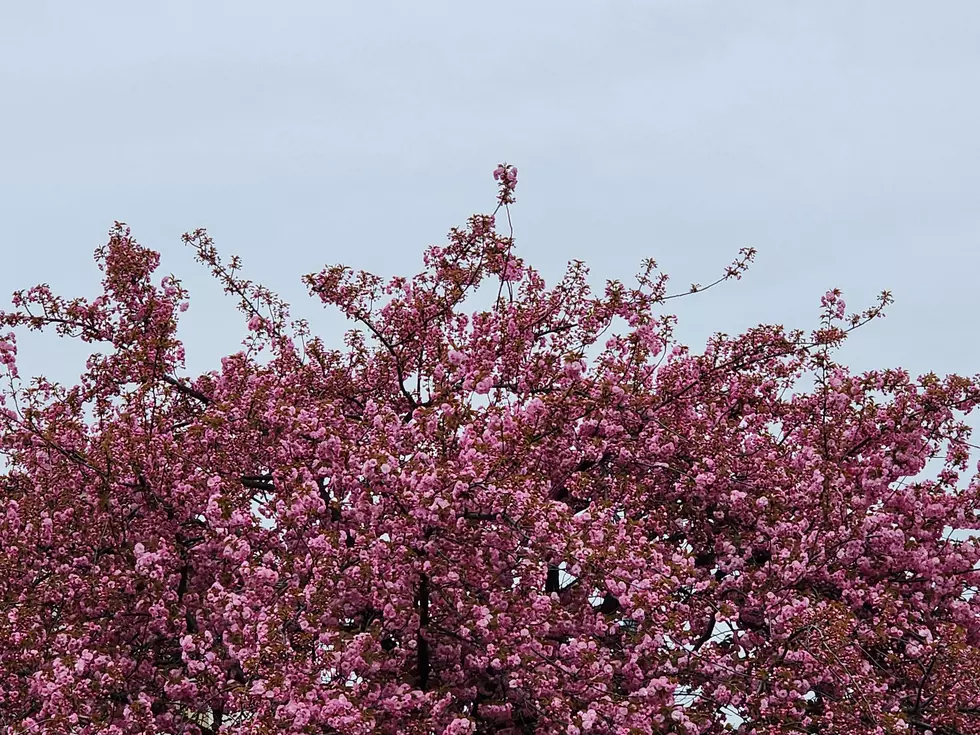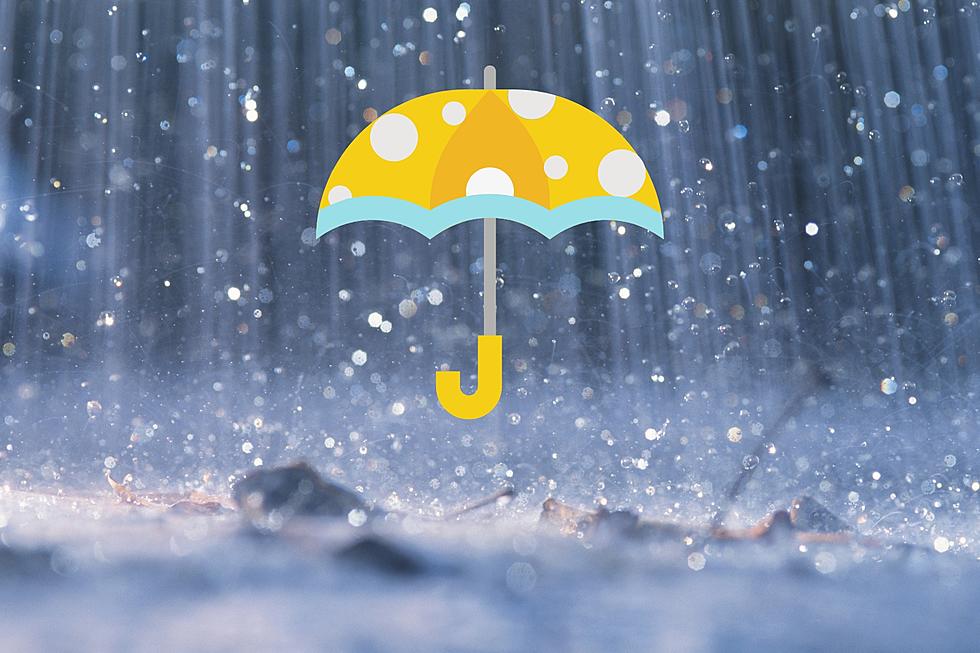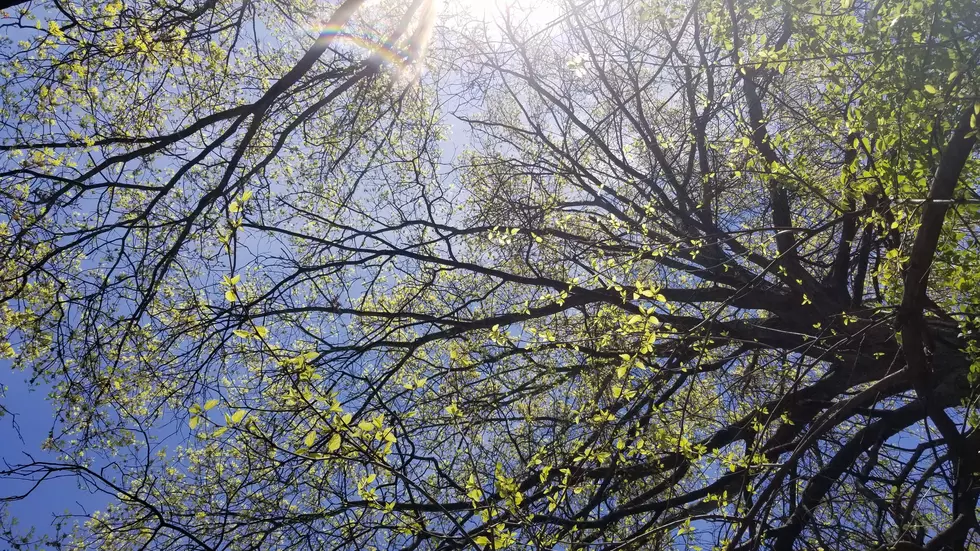
Drought or deluge: The wettest and driest spots in NJ in 2023
It's that time of year, when we recap, summarize, and reminisce. And what a year of weather 2023 brought us! This is part of a series analyzing New Jersey's temperatures, precipitation, snowfall, and top weather events across the year.
Throughout 2023, it seemed like New Jersey was constantly either flirting with flooding or dancing with drought.
I did some quick math on statewide total precipitation, thanks to a data set provided by the NJ State Climate Office. The average January-to-November precipitation since 1895 is about 41.78". This year falls almost exactly in the middle of the pack, with 42.11" — ranked 59th out of 129 years of record.
Important note: It can still rain in December. In fact, downpours are in the forecast for this weekend. So much of what I say here is preliminary — I will update this post once the 2023 record books are closed.
Let's dig in to some more precipitation statistics. For this analysis, I am using only high-quality, quality-controlled weather stations that report data to the Applied Climate Information System (ACIS), a product of the Northeast Regional Climate Center.

What is Normal?
Average annual precipitation across New Jersey ranges from 45 to 53 inches, approximately from south to north.
Remember that "precipitation" encompasses every type of water that falls from the sky, including liquid rain and (melted) snow and sleet. Given the fact that the 2022-23 winter season was a total dud, the vast majority of our precipitation numbers came from plain rain this year.
The Wettest Place
According to the average annual precipitation map above, North Jersey is usually the wettest corner of the state.
And that is exactly what happened in 2023.
Through December 3rd, the wettest spot in New Jersey has been Newton in Sussex County, which reported 62.93" of precipitation.
Rounding out the top five are Mine Hill Township in Morris County with 58.21", Chester in Morris County with 57.48", Denville in Morris County at 56.68", and Oxford Township in Warren County at 56.18".
Note those figures are all slightly above normal.
The Driest Place
This question is much more difficult to answer, because of missing data. If a weather station does not report precipitation on a wet day, it can completely throw off the annual sum. (It's just the nature of the beast when working with weather data.)
Keeping that in mind, the driest corner of the state was clearly South Jersey. (As one would expect, based on climatology.)
Atlantic City had one of the lowest rainfall totals in the state with 32.02".
Other locales around Atlantic, Cape May, Cumberland, Camden, Ocean, and Burlington counties landed with under 35" of total rainfall for the year.
Note these figures are considerably below normal for the year. It is no wonder southern NJ remains in an "Abnormally Dry" drought status.
The Wettest Day
April, July, and September were clearly the wettest months of the year.
Candidates for the wettest single calendar day of 2023 include:
—July 15... White Township, Warren County (7.24"), Oxford Township, Warren County (5.88"), and Newton, Sussex County (5.57")
—September 29-30... Bradley Beach, Monmouth County (7.17") and Wall Township, Monmouth County (6.19")
—June 26-27... Denville, Morris County (5.46")
—July 10... Califon, Hunterdon County (5.22")
Depending on the exact location, these 1-day rainfall totals have a return period of approximately 25-year to 100-year. (In other words, a 1 to 4 percent chance of occurrence in any given year.)
Definitely deluges. And we did see some serious flooding as a result.
Number of Dry Days
Once again, southern New Jersey takes the prize as the driest segment of the state for the year.
Of the first 337 days of 2023 (through December 3rd, when I pulled this data), Pitman in Gloucester County had no measurable rainfall for 249 days.
Nearby Washington Township, Gloucester County was dry for 248 days. Rounding out the top five are Winslow Township in Camden County at 238, Atlantic City in Atlantic County at 237, and Upper Deerfield in Cumberland County at 235 days.
Conclusion
It is notable that North Jersey saw above-normal precipitation for 2023, while South Jersey was significantly drier. By the Law of Averages, that is why overall rainfall for the year ended up almost exactly on the long-term average.
We had no major winter storms this year. Nor did any significant tropical storm threaten the Garden State at any point. All our precipitation came from intense thunderstorms and downpours, which also helps to explain the highly localized geography.
In the end, precipitation is a delicate balance. Too much, and we flood. Too little, and we suffer drought. So to be perfectly honest? "Right in the middle" is a pretty good place to end up for the year!
Dan Zarrow is Chief Meteorologist for Townsquare Media New Jersey. Check out Dan's weather blog or follow him on Facebook for your latest weather forecast updates.
LOOK: The most expensive weather and climate disasters in recent decades
Gallery Credit: KATELYN LEBOFF
KEEP READING: Get answers to 51 of the most frequently asked weather questions...
More From New Jersey 101.5 FM









